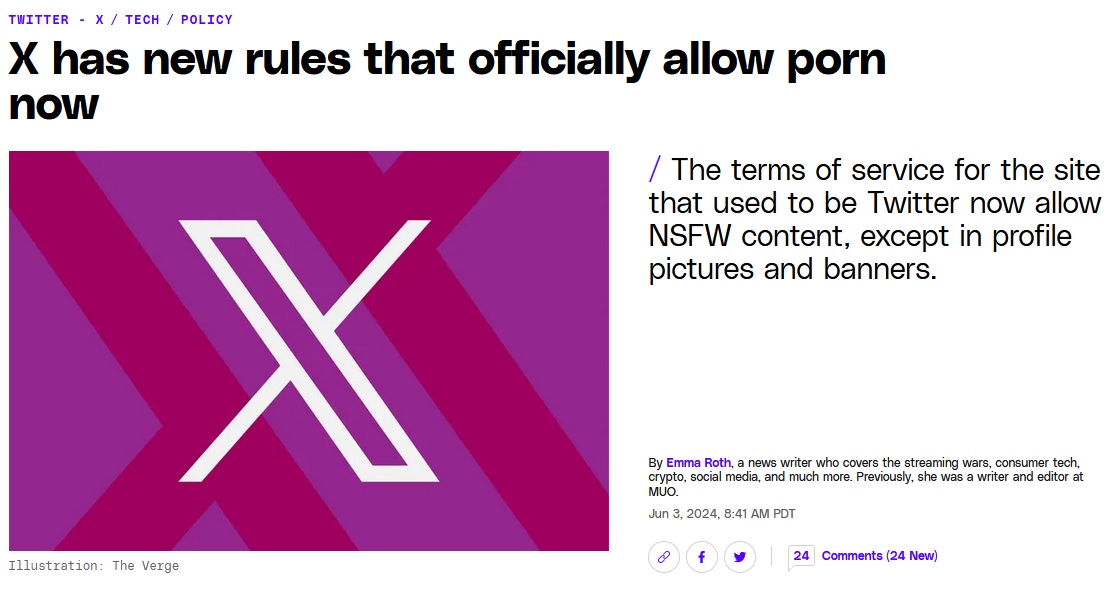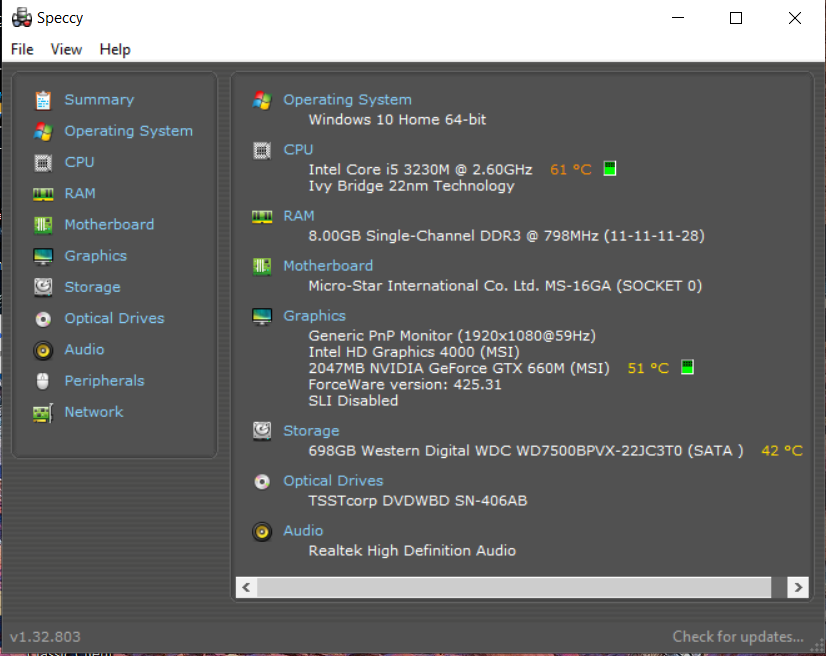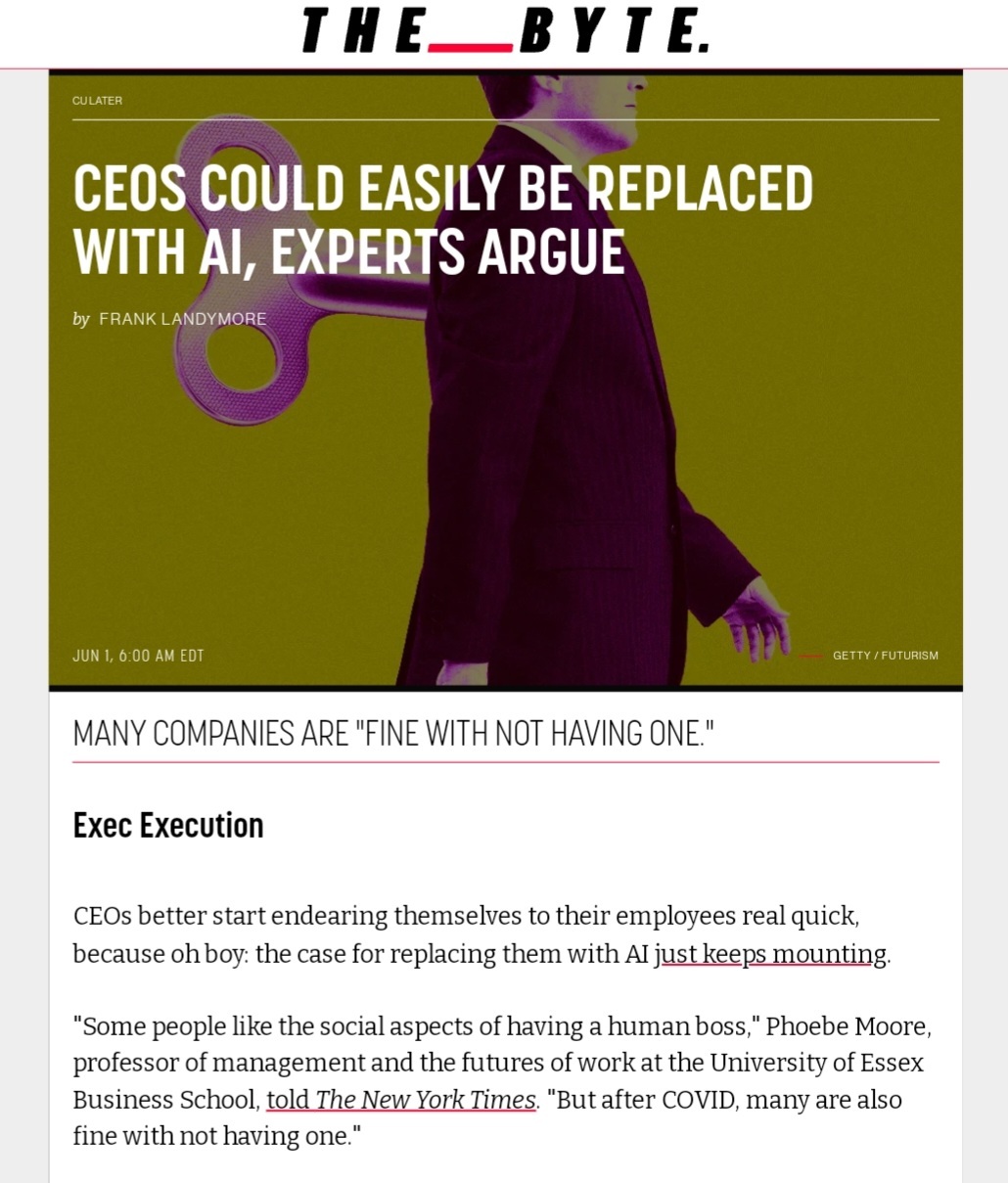Side Note.
If you don't care about your privacy and want to continue using Windows 11 with Telegram, this isn't for you. If this is correct, please do not respond to the post. If you use Windows 11 and Telegram and are concerned about your privacy, I highly urge that you read this post. Thank you. If there is any incorrect information linked in this post, please let me know so that it can be updated consistently.
What's been going on with Microsoft and Telegram?
Microsoft and Telegram collaborated, and Telegram is now a component of Copilot, which is extremely bad news for privacy. Microsoft is almost becoming another Facebook, given what they are doing with their copilot, which is being included in recent Windows 11 updates. More information about Copilot will be down below this post.
Telegram consistently claims to be "the best and most secure chatting app for privacy" and much more. We all know it's a lie given the number of strange incidents that occur there and the association with Microsoft Copilot. Not only that but they have openly stated multiple times that "They need your data to ensure a secure experience". Which is very suspicious. If you use Telegram on a daily basis, it might be time for you to switch.
What is Microsoft Copilot?
Microsoft Copilot is an artificial intelligence function that, like Alexa, can assist you, but it is built into the Windows 11 operating system. It can communicate with you, hear you, and observe and hear everything you do. It can hear you ask a question, browse the internet, listen to your voice calls unless you turn off your computer, recording and monitoring everything you do. It knows everything. It also sends all of this data to Microsoft and the CIA. Which is extremely bad news for privacy. Microsoft is almost becoming another Facebook, given what they are doing with their copilot, which is being included in recent Windows 11 updates.
What do I need to do to get actual Privacy from now on?
Before you do anything else, I highly recommend that you buy a USB stick and switch to Linux. You have four distribution options to select from.
Linux Mint (2 gigs of ram, NIVIDIA and AMD supported)
Debian (2 gigs of ram, NIVIDIA and AMD supported)
Kubuntu (2-8 gigs of ram, NIVIDIA and AMD supported)
Pop OS (8 gigs of ram, NIVIDA and AMD supported)
Ubuntu (4 gigs of ram, AMD Supported)
- I will say this about Ubuntu: it doesn't work very well if you want to play games on it and you use NIVIDIA drivers. With NIVIDA drivers, it can work well for general use such as watching videos, making documents, and editing photos. However, gaming performance is not very good when using NIVIDA drivers on Ubuntu. My friend tested it out for me. Going all RED (AMD) is definitely the best option if you want to play games on Ubuntu.
These are definitely the best distributions for a beginner, however if you thoroughly understand linux and know how it works once you get used to it, you can finally try something like Arch, Fedora or NixOS.
If you want a alternative to Telegram, you have two options
Signal (Best Option)
Signal is the best alternative to Telegram, it has great end to end to end encryption, it's open source, amazing screen sharing and voice calling, privacy, and it's extremely private compared to telegram.
The only thing that Telegram has that's better than Signal is better built in customization. However, aside from that, it still can't beat Signal. If you have an Android phone, you can install custom clients with it, making it incredibly customizable, or you can even develop your own because the source code is open source; even at that point, Telegram cannot surpass Signal.
Telegram-FOSS (Maybe?)
Telegram-FOSS is a Telegram fork that aims to remove Telegram's spyware and data collection while increasing your privacy. However, it is only available on Android through the FDROID App Store, and keep in mind that I am not 100% certain that it will provide you with the finest privacy; use at your own risk.
Matrix (Not Recommended)
I suppose Matrix is an additional choice for a Telegram substitute; but, in my opinion, it's more of a messenger alternative. Although it's fantastic for privacy, I don't think it's ready in terms of usability or user friendly.
Matrix isn't ideal for communities and isn't very user-friendly. It's more for corporations/software development teams who want a self hosted slack. Yes, Matrix is more private & secure then Telegram, and you don't need to setup your own matrix server to use it. You can register on the public matrix server and message friends etc that way. Matrix just doesn't advertise, it relies on clients & servers to do the advertising. The issue with that is the main client (Element) is only trying to appeal to corporations/non-tech savy people who can't setup their own matrix server so the messaging is based around that.
I still think Signal is easily your best alternative
My point is, if you value your privacy, you should quit Windows 11 and Telegram while you still can and try Linux and Signal; it will be well worth it. If there is any wrong information in this post, please notify me so that it can be changed, and if you have any questions, please contact me and I will gladly assist you.


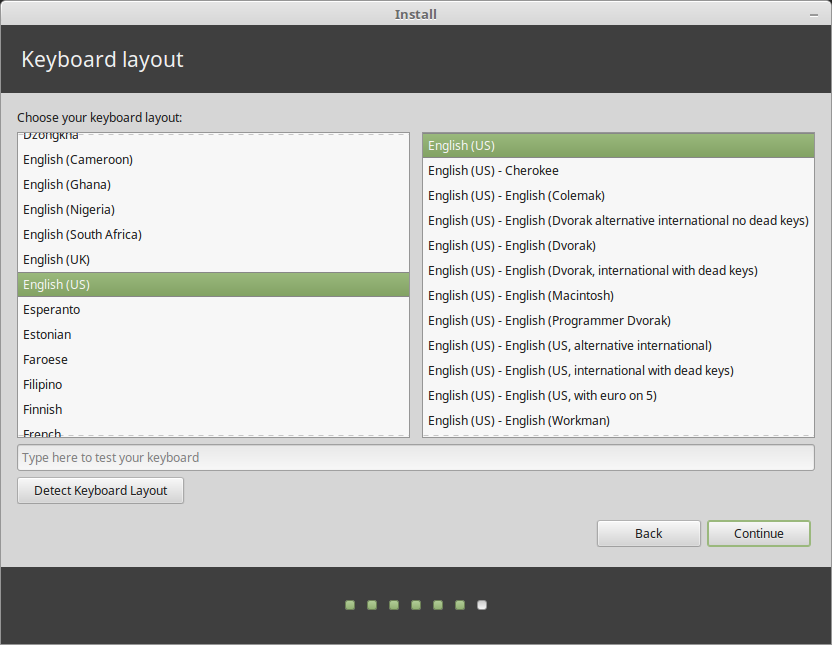
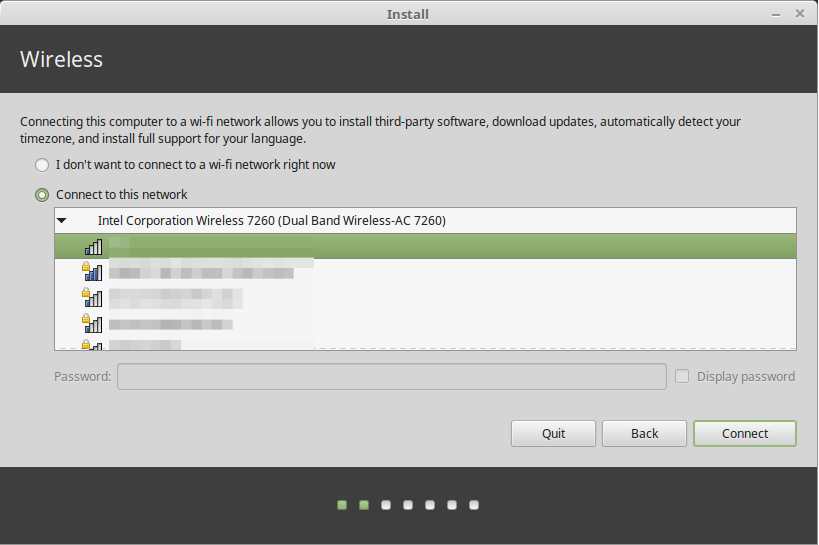
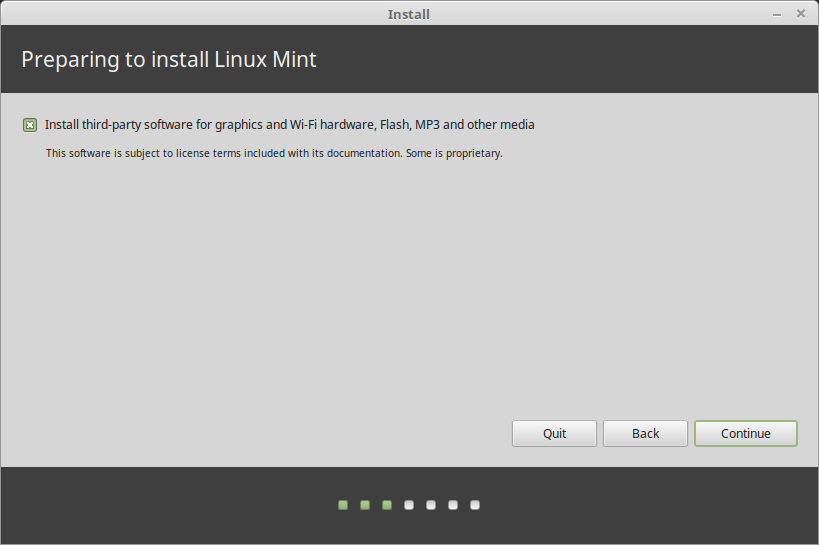
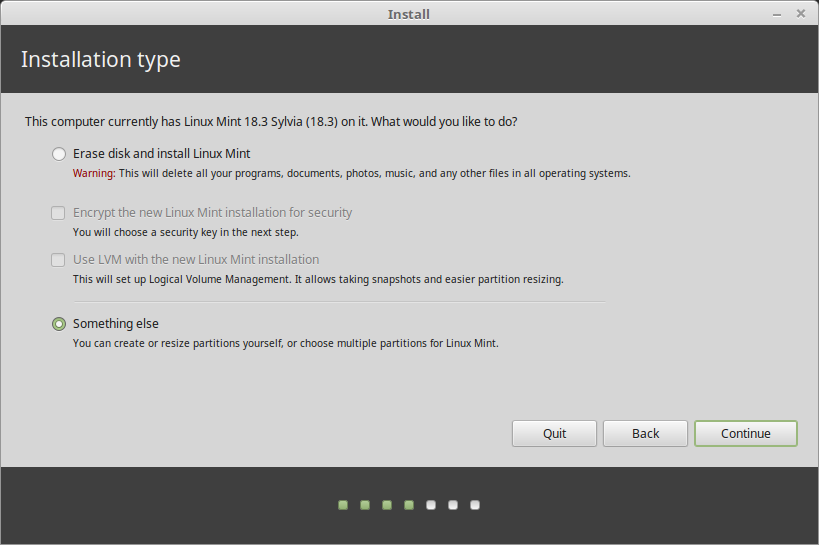

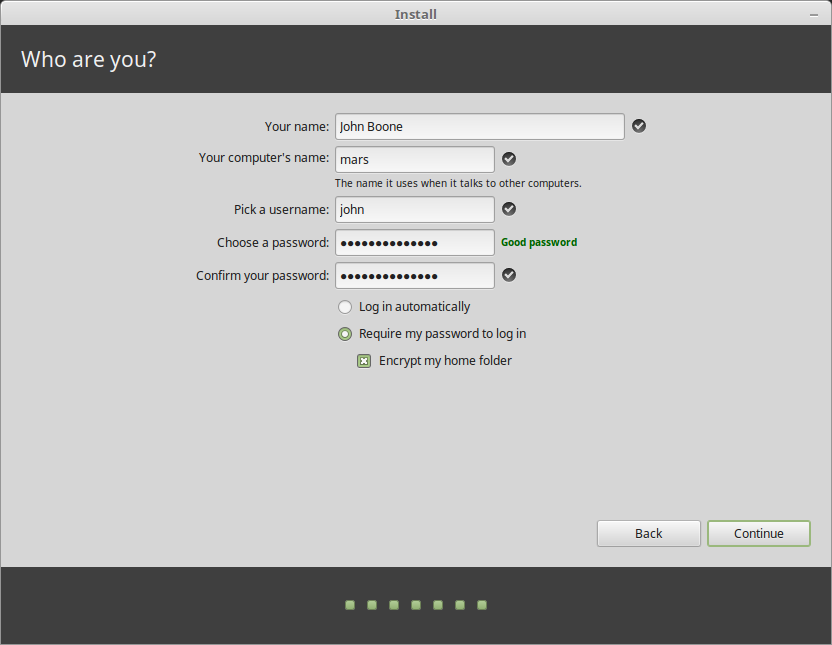





 techbros owned.
techbros owned.



